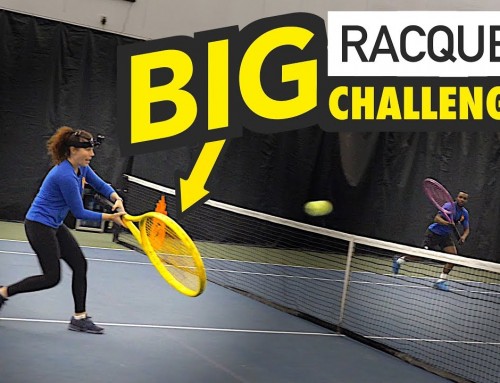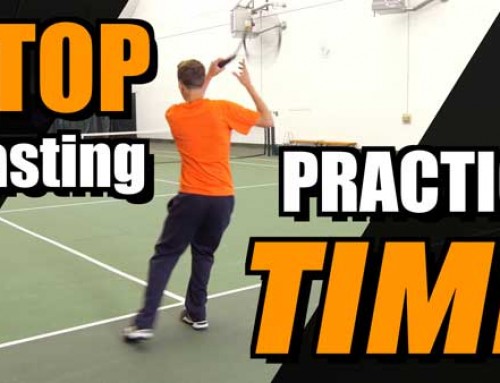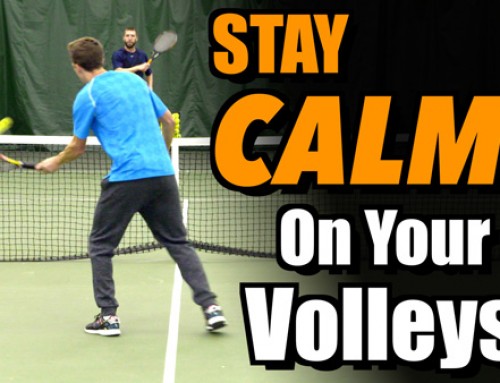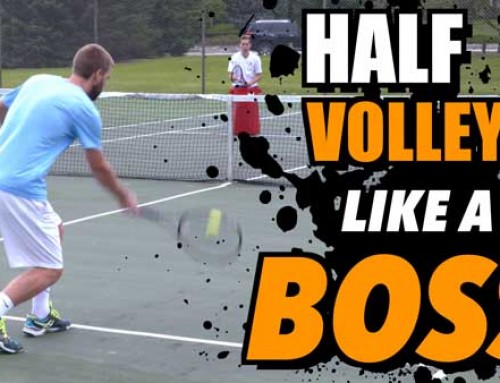Do you dread the net?
Here’s how to move like a natural and be an asset to your double partner (instead of a hindrance)!
Learn how to be the doubles partner everyone wants with this coaching series – Click Here!
Comments? Questions? Leave them down below. Thanks for watching!







